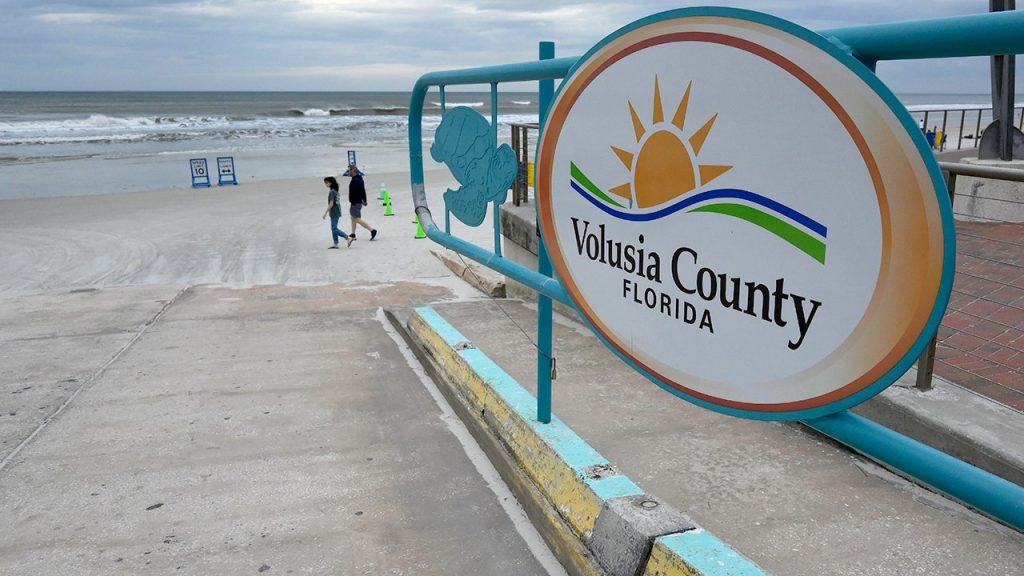Florida, specifically Volusia County, is known as the shark capital of the world, with the most unprovoked shark attacks recorded in the Sunshine State since 1882. According to the Florida Museum of Natural History’s International Shark Attack File, there have been 351 attacks in Volusia County, followed by Brevard County with 158 attacks, and Palm Beach with 83. Unprovoked shark attacks are defined as incidents in which a bite on a live human occurs in the shark’s natural habitat with no human provocation of the shark. In Florida, most shark attacks have occurred in September since 1926, with July, August, and October also being common months for attacks. In 2023, there were 36 confirmed unprovoked attacks in the U.S., down from 41 in 2022.
Australia had the second-highest number of shark attacks in the world in the previous year, with the U.S. following after Florida, with Hawaii recording eight unprovoked attacks in 2023. Other states like New York, North Carolina, California, South Carolina, and New Jersey also reported shark attacks. Most victims were either surfing or participating in board sports, accounting for 42% of attacks in 2023. Swimming or wading made up 39%, while snorkeling or free-diving accounted for 13% of attacks. To reduce the risk of a shark attack, it is important to take safety precautions when entering the water, especially in areas known for higher rates of shark attacks.
Some safety measures outlined by the Florida Museum of National History include swimming with a buddy, not straying too far from shore, avoiding swimming at dawn or dusk, avoiding areas with schools of fish or where people are fishing, refraining from wearing shiny jewelry, and minimizing excess splashing. These precautions can help reduce the likelihood of a shark attack while swimming in the ocean. For more Lifestyle articles, visit www.foxnews.com/lifestyle.
Additionally, it is important to be aware of the common months for shark attacks in Florida, as well as other locations known for frequent encounters with sharks. By avoiding swimming during peak attack months, such as September, and taking extra care in high-risk areas, such as places with abundant fish or fishing activities, individuals can better protect themselves. Adhering to safety guidelines and being cautious when entering the water can help prevent shark attacks and ensure a more enjoyable beach experience.
It is also essential to participate in activities like surfing or board sports with caution, as these activities are more likely to attract sharks due to the movement and splashing involved. Being aware of one’s surroundings and monitoring fish activity while in the water can provide valuable information about potential shark presence. By staying informed and following safety recommendations, beachgoers can reduce their risk of a shark encounter and enjoy a safer beach outing.
In conclusion, while shark attacks can occur in various coastal regions around the world, understanding the factors that contribute to these incidents and taking preventative measures can help minimize the risk. By following safety precautions, such as swimming with a buddy, avoiding high-risk areas, and being mindful of common attack months, individuals can protect themselves while enjoying the ocean. Awareness of shark activity and adherence to safety guidelines are key to promoting a safe and enjoyable beach experience for all.


